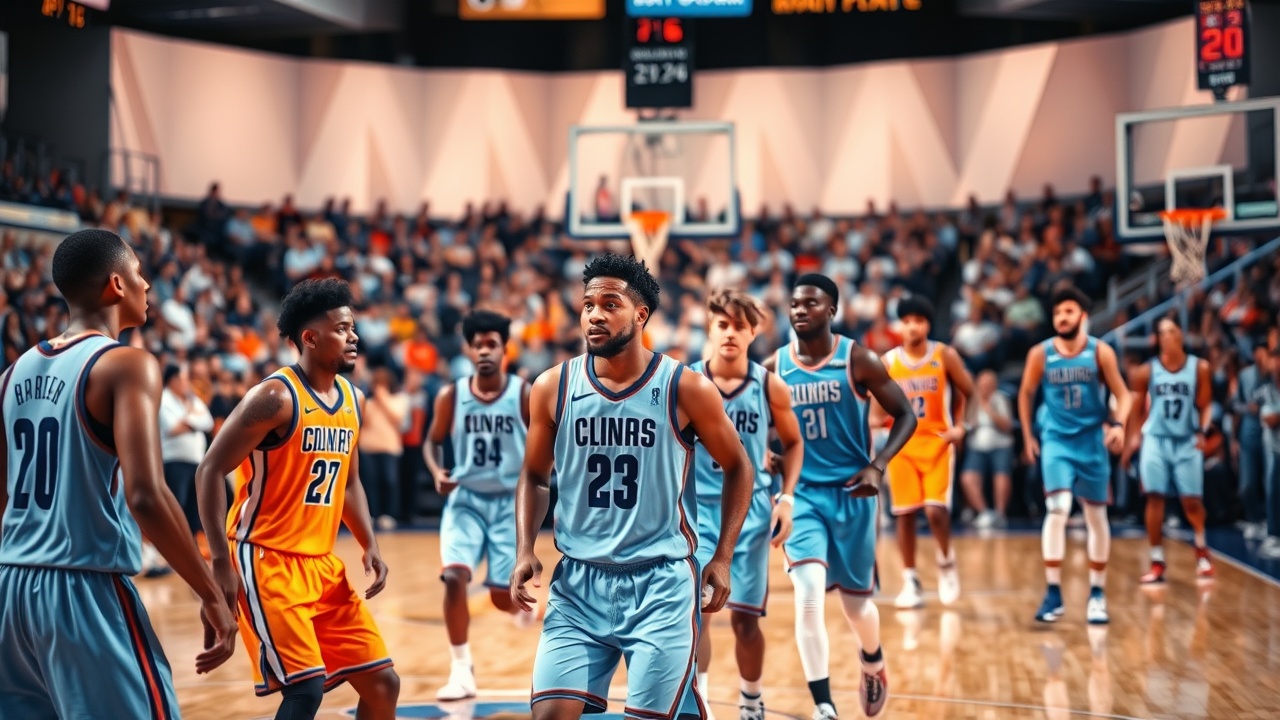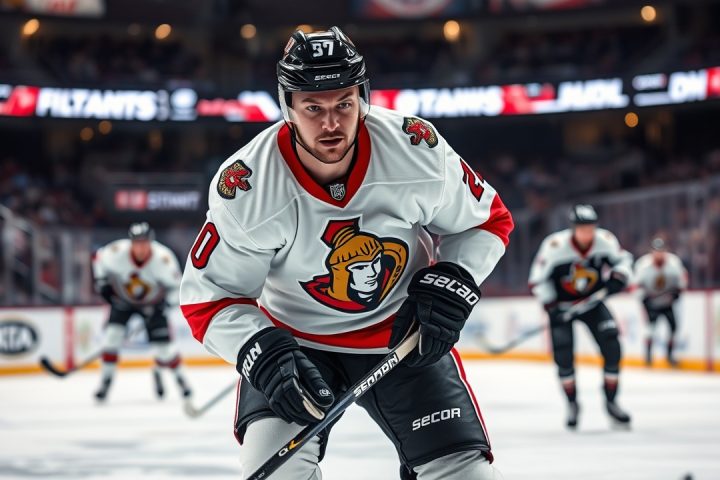Restricted Free Agency Landscape
As the summer of 2026 approaches, NBA teams find themselves navigating a tense landscape of restricted free agency, reminiscent of the current stagnation involving notable names like Jonathan Kuminga of the Golden State Warriors, Cam Thomas of the Brooklyn Nets, Josh Giddey from the Chicago Bulls, and Quentin Grimes of the Philadelphia 76ers. This situation has sparked a discussion about whether similar lackluster contract negotiations could occur in 2026.
Factors Influencing Contract Negotiations
Several contributing factors suggest we may witness such detachment. Notably, there are at least 11 players slated to enter restricted free agency in 2026 who are currently without contract extensions and unlikely to command maximum deals—an essential prerequisite for protracted negotiations between teams and players over contract terms.
Furthermore, a significant shift in compensation structures has emerged: the use of performance incentives has been all but scrapped. Under the latest collective bargaining agreement, incentives now count toward salary caps irrespective of player performance, complicating trades and contract extension negotiations. This development removes what once was a common tool for bridging pay discrepancies between players and management.
Financial Flexibility and Team Dynamics
Moreover, a deeper look reveals that a unique obstacle faced by agents this year—namely, a scarcity of teams with the financial flexibility to place lucrative offer sheets—compounds the current dilemma. Only the Brooklyn Nets, who are in rebuild mode, currently exhibit appreciable cap space. In contrast, by 2026, teams such as the Washington Wizards are projected to navigate with upwards of $100 million in cap space, joining other franchises like the Los Angeles Lakers and the Chicago Bulls in the race for talent. This influx of financially equipped teams could intensify competition and transparency in contract negotiations, pressing teams to act decisively.
2022 NBA Draft Class and Extension Prospects
The situation draws focus to the 2022 NBA Draft class and their prospects for extensions. This class, marked by quantitative depth rather than a powerhouse of star talent, has so far produced a modest number of All-Stars. However, among the first-round picks, more than half have carved out regular rotation roles, reinforcing their value despite fewer high-ranking stars.
While 21 players from this class remain eligible for extensions, only a handful have managed to secure contracts, leaving 17 opportunities available, many of which are closely monitored. For instance, Paolo Banchero of the Orlando Magic stands out due to a potential five-year extension that could net him an eye-popping supermax of $239 million. Despite Banchero’s promising potential, there are concerns regarding his projected max status, suggesting that such a hefty contract may come with significant risk for the franchise.
Contract Structuring and Team Strategy
Contrastingly, Jalen Williams from the Oklahoma City Thunder showcases a more measured approach in his deal, which ties his earnings to his performance with strictly tiered escalation based on All-NBA team selections. This savvy contract structuring could allow the Thunder to maintain financial flexibility in 2030-31, a factor not lost on teams navigating potential salary cap implications.
Other players like Jabari Smith Jr., Dyson Daniels, and Chet Holmgren also present intriguing cases where teams balance contract value against on-court performance and overall team strategy. Each negotiation reflects broader financial philosophies as teams aim to craft sustainable competitive structures amidst looming cap constraints. Meanwhile, emerging players like Nikola Jović and Mark Williams face uncertainty regarding their future in light of sizable financial commitments that their franchises may pursue elsewhere.
Conclusion
As discussions ramp up toward the October deadline for signing extensions, these various contractual dilemmas and market shifts may provide teams valuable lessons on restricted free agency, influencing how they approach player negotiations and financial planning moving forward. With shifting sentiments and potential rival teams gearing up for 2026 competition, the stakes to execute timely, advantageous extensions have never been higher.




